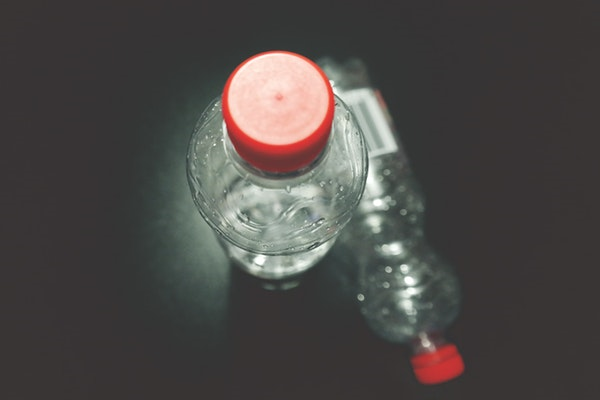Plastic recycling symbols explained

Recycling is sometimes more complicated than it needs to be, which has terrible consequences on your local recycling program and the environment.
We’ve all been there: you’ve got an item you’re about to toss out, say a coffee cup, but before you do, you look for the universal recycling symbol, the mobius loop ♻. It’s there, hidden under your cup, so you figure it must be recyclable. Turns out maybe it’s not, though. It depends on where you live.
Unless you’ve memorized what is and isn’t recyclable locally—or you’ve checked your program website, there’s no way of knowing this. So you toss that coffee cup into your recycling bin, and maybe it ends up contaminating an entire batch of accepted materials. Over time, contamination threatens the economic viability of your community’s program. It threatens the sustainability of recycling itself. And that’s something none of us want.
So, the question begs: how can you truly know if something’s recyclable?
Stay in the loop
Most of us recognize the mobius loop, but there are other plastic recycling symbols that look just like it: resin identification codes.
Resin identification codes are made up of three flat arrows that form a triangle. They’ll always encircle a number from 1 – 7. Because both symbols look so similar, people assume they mean the same thing. But they don’t. Resin identification codes simply tell you what type of plastic a material is made from, not whether it can be recycled in your community.
Here are the codes and what they mean:
“1” means it’s made from polyethylene terephthalate (PET), commonly found in cups, beverage bottles, and containers for packaging food
“2” means it’s high-density polyethylene (HDPE), commonly found in bottles, juice and milk jugs
“3” means it’s polyvinyl chloride (PVC), commonly found in pipes, flooring, and siding
“4” means it’s low-density polyethylene (LDPE), commonly found in plastic wrap and bags, and six-pack rings
“5” means polypropylene (PP), commonly found in toys, automobile products, and lab equipment
“6” means polystyrene (PS), commonly found in plastic utensils, CD jewel cases, and foam
“7” means everything else, like nylon, acrylic, or fiberglass.
Next time you see a plastic recycling symbol that looks like a mobius loop encircling a number, you’ll know exactly what it is. But that doesn’t bring us any closer to understanding whether an item that’s marked recyclable can be recycled in your program, does it?
Learn your program
If you can’t trust the labelling, learn your program. Your municipal public works site has information on what can and can’t be recycled locally. They may also have other materials, like calendars, that contain this information. You can also check to see if your municipality is a member of the Recycle Coach network. If it is, we’ve learned your program for you. Just visit your favorite app store to download the Recycle Coach app for free on your phone, and we’ll tell you what you can and can’t recycle.